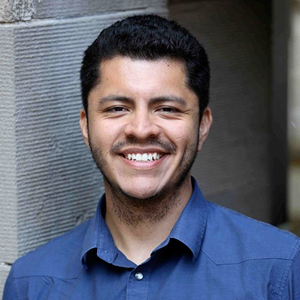
Gout is a form of arthritis that affects more than eight million Americans. The disease is typically treated with one of two drugs: allopurinol, or a more expensive — and possibly more effective — drug called febuxostat. But there is uncertainty among researchers if the price and possible performance differences are big enough to warrant new studies to help determine which drug is most cost effective. A School of Public Health study recently used this question to test a new decision-making model and the analysis shows that additional studies of the gout medications would indeed be worthwhile.
The study was published in the journal PharmacoEconomics, and co-authored by PhD candidate Fernando Alarid-Escudero, his advisor, Professor Karen Kuntz, and alumni Eric Jutkowitz (lead author) and Hawre Jalal.
“The scenario we are addressing is when decision-makers are asking, ‘Are we certain enough about the data that we have to make treatment recommendations, or should we collect more data to be able to make more accurate and certain decisions about which treatment is best?’,” says Alarid-Escudero.
In an effort to provide decision-makers with a tool to find the answer, the researchers tested their new technique, which combines what’s known as a Gaussian approximation with linear regression meta-modeling to conduct a value of information analysis (VoI). VoI focuses on the value of obtaining more precise information about key parameters that are uncertain, such as a drug’s effectiveness, quality of life, and the cost of additional studies.
“We found that it’s still worthwhile to do more research on the medications in order to reduce the uncertainty,” says Alarid-Escudero. “We also determined the optimal type of studies that should be conducted to answer these questions — including how many participants are needed.”
For example, the researchers recommend that one study should evaluate allopurinol-only and enroll 220 people per study group.
“The findings mean that clinicians who research gout should consider conducting more trials because they’ll be able to make better recommendations to their patients,” says Alarid-Escudero. “Also, people doing research on other diseases can use our technique to determine if additional research is needed and what type of study it should be.”
Alarid-Escudero is continuing to research the new decision-making modeling technique and is currently applying it to evaluating the cost effectiveness of dementia treatments.

